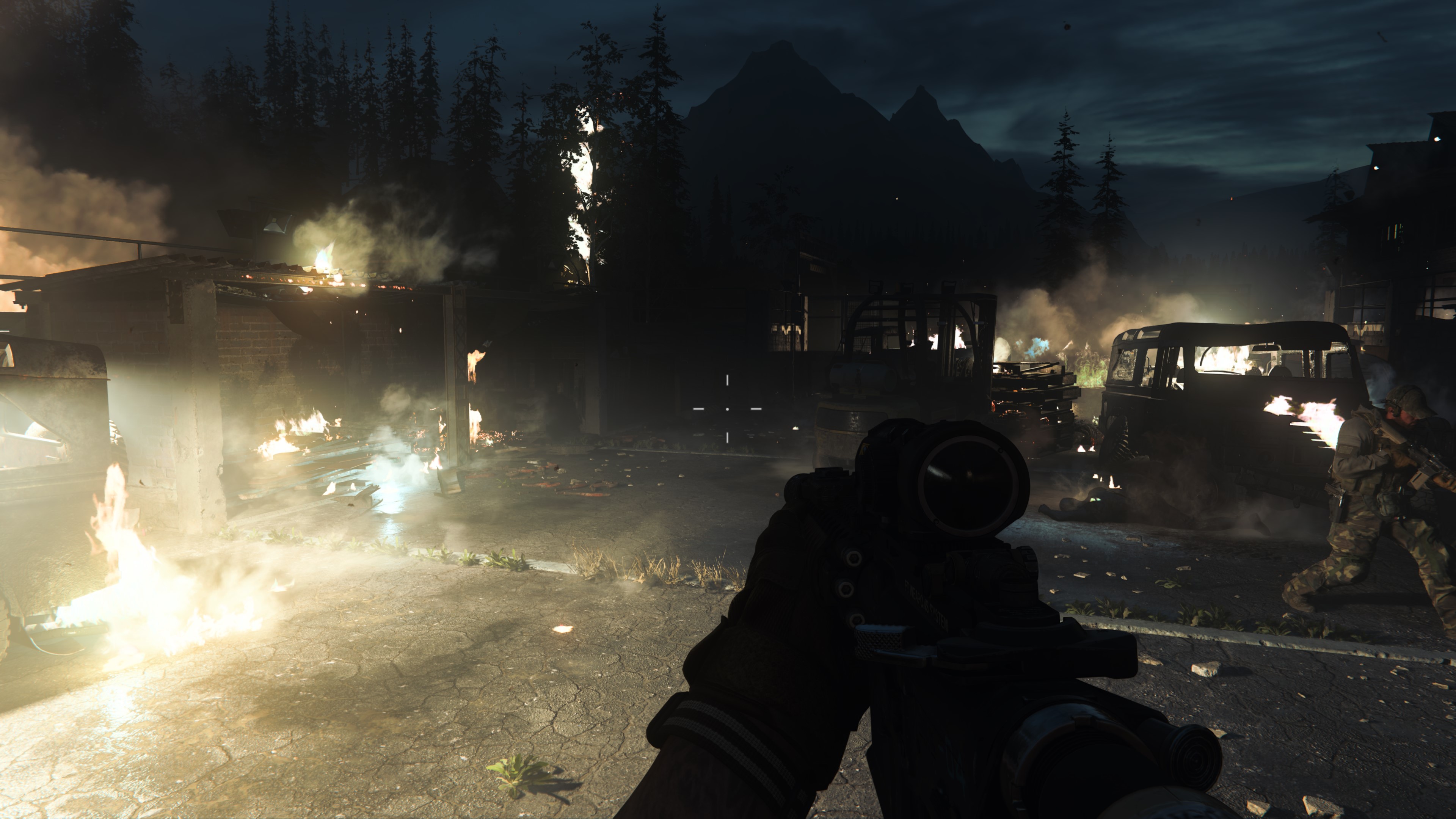Microsoft's new ray tracing improvements could help boost frame rates
New DXR capabilities promise better performance and efficiency

The push for the broader adoption of ray tracing in PC gaming continues with Microsoft announcing a bunch of improvements for its DirectX Raytracing (DXR).
The enhancements to Microsoft’s real-time ray tracing feature are part of a raft of improvements to DX12, which are in preview (in other words, they are now available for testing by developers, before being implemented down the road).
- Check out Nvidia's Turing range of GPUs
- This is our pick of the best PC games
- These are all the best graphics cards of 2019
Microsoft is pushing forward with DXR by introducing a new tier 1.1 of support, which comes a number of benefits including support for adding extra shaders to an existing ray tracing PSO, support of ExecuteIndirect for ray tracing, and the introduction of inline ray tracing.
The full descriptions of these enhancements and exactly what they entail is provided by Microsoft in a blog post here, but it’s a pretty demanding read in terms of the technical explanations given.
All you really need to know is that these fresh moves aim to introduce performance and efficiency benefits, and to generally smooth the path of bringing ray tracing to more games, and eventually a wider audience.
Driving ahead
Speaking of a wider audience outside of Nvidia GPUs, AMD doesn’t have DXR support in its Radeon drivers right now. However, references to the feature have been spotted in the past, leading some to believe that we might see the official introduction of DXR support with AMD’s new Radeon Software that will emerge in December.
Whether it’s too early to make such a move in terms of the ray tracing experience that will be delivered by current AMD graphics cards is another argument entirely. Realistically, these Navi GPUs likely don’t have the power to make for a palatable experience, and so AMD may wait for its high-end offering supposedly due in the middle of next year.
Get daily insight, inspiration and deals in your inbox
Sign up for breaking news, reviews, opinion, top tech deals, and more.
That is if ray tracing is indeed inbound for Radeon GPUs, but this seems likely and has been rumored for a while now. The PS5 with Navi graphics is getting ray tracing as well, so all signs point to yes, this will happen – it’s just a question of the timeframe.
Microsoft’s improvements to DXR will obviously be good news for AMD in the bigger ray tracing picture, too.
Ray tracing is something of a tough pitch given the sometimes substantial performance hit that can be the trade-off for all these shiny visual effects. Nvidia has struggled on this front even given its dedicated RT cores on-board GeForce RTX graphics cards, although things are getting better, as we’ve just seen with Call of Duty: Modern Warfare (although admittedly that game doesn’t have the full range of ray traced goodies).
And indeed Nvidia has plans to push forward with ray tracing in a big way with its next-gen graphics cards, according to the rumor mill (and that would certainly make sense – the company seems very much all-in with the technology at this point).
Other goodies coming to DX12 which were announced by Microsoft include mesh shaders, another impressive trick for boosting performance, which Nvidia already introduced for its GPUs at the tail end of 2018.
- Check out all the best gaming PCs of 2019
Via PC Gamer
Darren is a freelancer writing news and features for TechRadar (and occasionally T3) across a broad range of computing topics including CPUs, GPUs, various other hardware, VPNs, antivirus and more. He has written about tech for the best part of three decades, and writes books in his spare time (his debut novel - 'I Know What You Did Last Supper' - was published by Hachette UK in 2013).